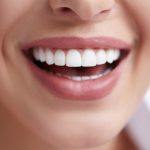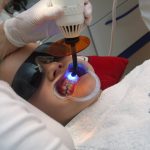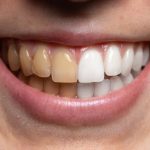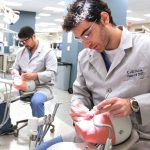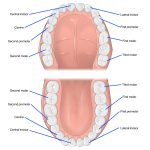How Long to Brush Your Teeth with Braces: Expert Guidelines for Optimal Oral Hygiene
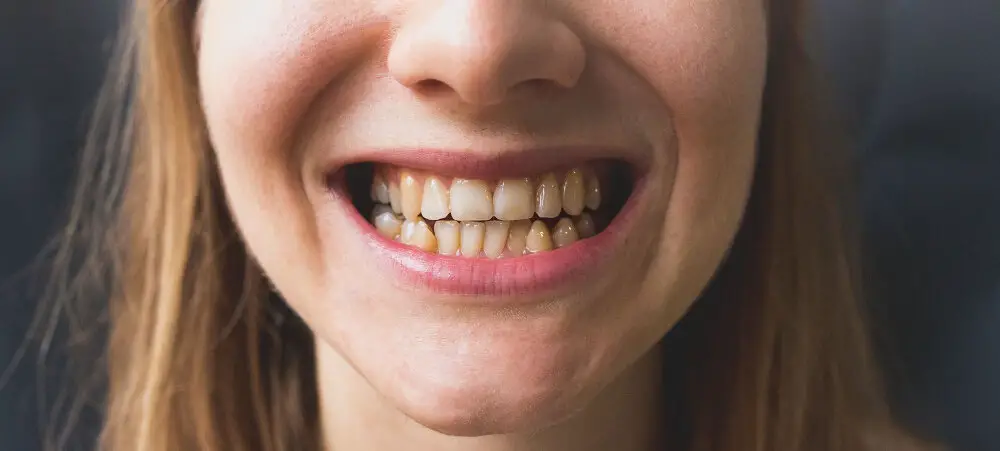
Oral hygiene is a crucial aspect of maintaining a healthy lifestyle, and it becomes even more critical when you have braces. Braces can make it tricky to brush and floss effectively, which can lead to the accumulation of plaque and bacteria around the brackets and wires. Therefore, it’s essential to take extra care of your teeth and follow some expert guidelines to ensure optimal oral hygiene. In this article, we will guide you on how long to brush your teeth with braces and offer some tips to help you keep your teeth and braces clean and healthy. Brushing your teeth with braces can be a daunting task, but it’s essential to do it correctly to avoid any dental issues. The American Dental Association recommends brushing your teeth for two minutes twice a day, but with braces, you need to be more meticulous. Food particles and plaque can get stuck in between the brackets and wires, leading to tooth decay and gum disease. Therefore, it would be best to spend at least three to four minutes brushing your teeth with braces to ensure that every nook and cranny is clean. In the following sections, we will discuss some expert guidelines to help you brush your teeth with braces most effectively.
Why Oral Hygiene is Important with Braces
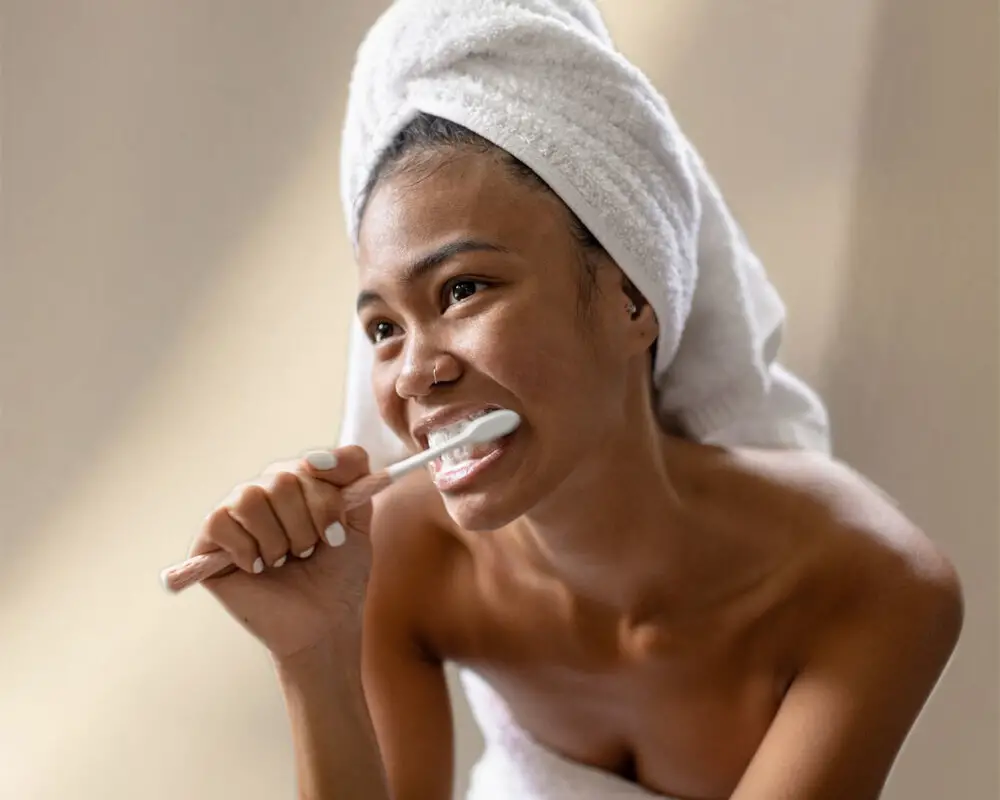
Oral hygiene is vital for everyone, but it becomes even more important when you have braces. Braces provide a fertile ground for bacteria and plaque to build up, leading to gum diseases, bad breath, and tooth decay. Therefore it is essential to maintain a consistent and thorough oral hygiene routine to keep your teeth and gums healthy throughout your orthodontic treatment. Brushing your teeth with braces can be a bit challenging, but it is crucial to brush for at least two minutes twice a day, using a soft-bristled toothbrush and fluoride toothpaste. Flossing is also crucial, and it is recommended to use a floss threader to get underneath the wires and brackets. You can also use an interdental brush to clean between the teeth and brackets. Rinsing your mouth with an antimicrobial mouthwash can also help remove any remaining bacteria and prevent further buildup. Maintaining good oral hygiene habits can not only keep your teeth healthy and clean, but it can also reduce the amount of time you need to wear your braces.
Maintaining good oral hygiene can be a challenging task, especially for those who wear braces. Braces create crevices and tight spaces that make it difficult to clean teeth effectively. If left unclean, bacteria can accumulate on teeth and around braces, which can lead to tooth decay, bad breath, and gum disease. Food particles and plaque can also get trapped between the braces and teeth, which can cause unsightly staining and discoloration. Poor oral hygiene can also prolong the treatment period and increase the risk of complications such as cavities, enamel erosion, and gum inflammation. Therefore, it is essential to follow a strict oral hygiene routine, including brushing and flossing regularly, to maintain healthy teeth and gums while wearing braces.
Brushing Techniques for Braces
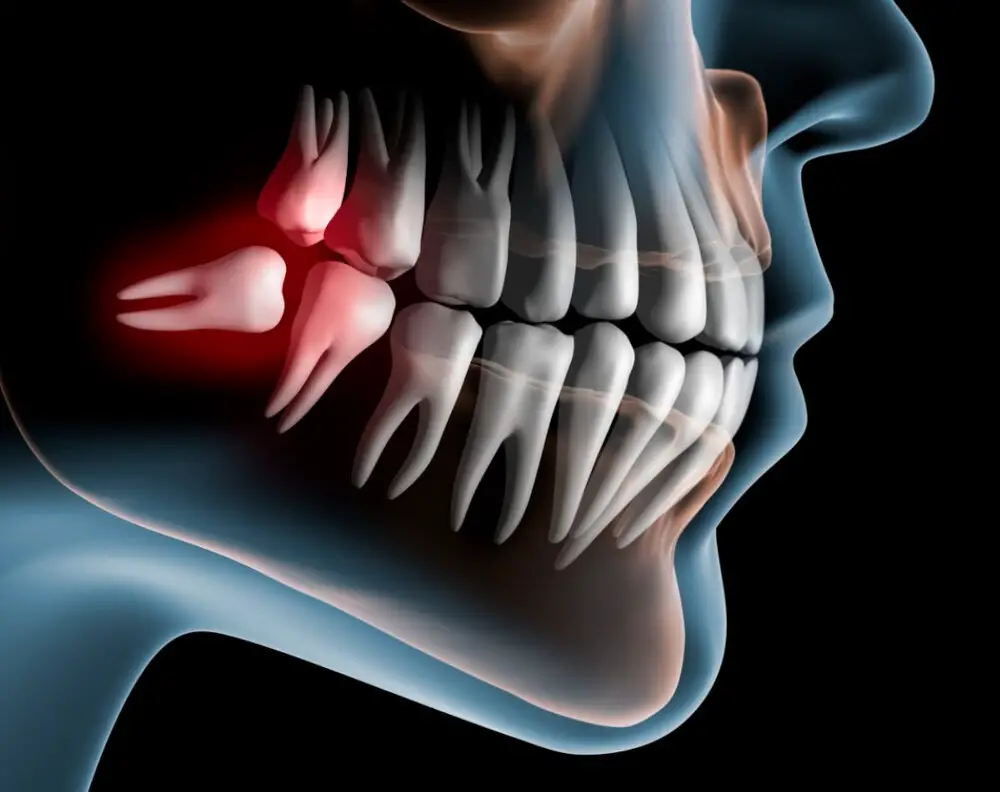
When it comes to maintaining oral hygiene with braces, brushing techniques play a crucial role. The brackets and wires of braces create hard-to-reach areas that can trap food particles and plaque, leading to tooth decay and gum disease. Therefore, it is essential to brush your teeth with braces properly. The first step is to choose the right toothbrush. Experts recommend using a soft-bristled brush, as it is gentle on the gums and teeth. It is also important to brush at a 45-degree angle, moving the brush in circular motions to clean both the surfaces of the teeth and the brackets. Remember to brush the chewing surfaces and the tongue as well. Experts suggest brushing for at least two minutes, twice a day, and after every meal if possible. Additionally, using an interdental brush or floss threader can help clean between the wires and brackets, removing any food particles or plaque that may have accumulated. By following these brushing techniques, you can ensure optimal oral hygiene while wearing braces.
Maintaining good oral hygiene is crucial when you have braces; the right technique for brushing teeth with braces involves using interdental brushes and floss to clean between the wires and brackets. First, rinse your mouth with water to loosen any food particles. Then, gently brush your teeth in circular motions, angling the brush towards the gum line. Next, use an interdental brush to clean between the wires and brackets. Finally, floss using a floss threader to get under the wires and remove any remaining debris. Remember to brush your teeth for at least two minutes twice a day and visit your orthodontist regularly to ensure that your teeth and braces are properly maintained.
How Long to Brush with Braces
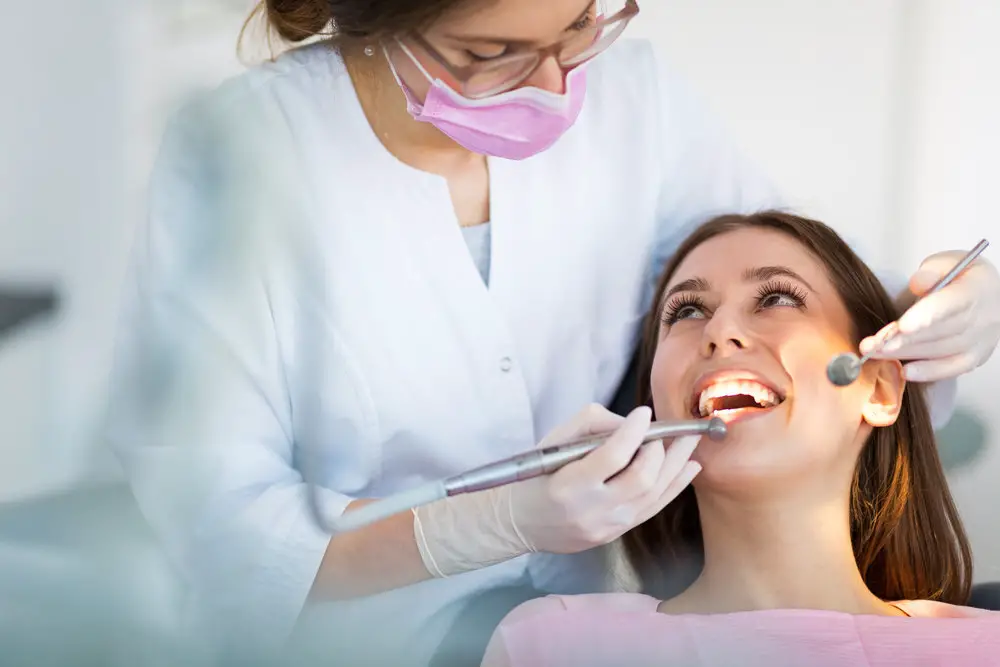
When it comes to taking care of your teeth and braces, brushing is an essential part of your daily routine. But how long should you brush with braces? According to dental experts, you should brush your teeth for at least two minutes, twice a day. This is the standard recommendation for people without braces, but it’s even more critical for those with braces. Braces can trap food particles and bacteria, which can lead to plaque buildup and tooth decay if not removed properly. Therefore, it’s crucial to spend enough time brushing your teeth to ensure that you remove all debris. However, it’s not just about how long you brush, but also how you brush. When you have braces, you need to pay extra attention to your brushing technique to ensure that you clean around the brackets and wires properly. Use a soft-bristled toothbrush and fluoride toothpaste to gently clean all surfaces of your teeth, including the brackets and wires. Angle the brush towards the gum line and use circular motions to remove plaque and food particles. Make sure to brush your tongue and the roof of your mouth as well, as bacteria can also accumulate in these areas. By following these guidelines, you can maintain good oral hygiene and keep your teeth and braces clean and healthy.
Maintaining good oral hygiene is crucial, especially when wearing braces. It’s recommended to brush your teeth for at least two minutes, twice a day, and to take time to brush every surface thoroughly. The brackets and wires of braces can trap food particles and bacteria, leading to plaque formation and potential tooth decay. By spending enough time brushing every surface, including around the brackets and wires, you can effectively remove any debris and prevent dental problems. Neglecting to brush properly can result in prolonged treatment time and potential damage to the teeth. Therefore, taking care of your braces and teeth by brushing regularly and thoroughly is essential for a healthy smile.
Other Oral Hygiene Tips for Braces
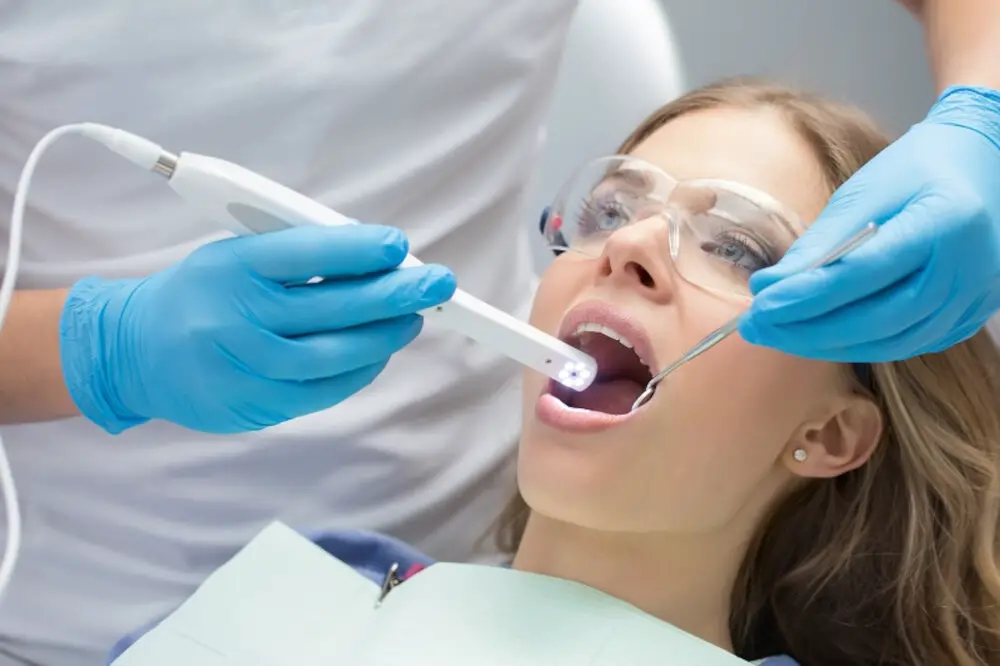
In addition to brushing your teeth with braces, there are other oral hygiene tips that you should follow to keep your teeth and braces in good condition. One of the most important things you can do is floss daily. Flossing with braces can be a bit tricky, but there are special floss threaders that can help make the process easier. You should also use an interdental brush to clean between your brackets and wires. This will help remove any food particles or plaque that may have accumulated in these areas. Additionally, using a mouthwash can help kill any bacteria that may be present in your mouth and freshen your breath. Another important tip is to avoid certain foods that can damage your braces or cause tooth decay. These include hard, sticky, or sugary foods. Hard foods like nuts or candy can break or dislodge your brackets, while sticky foods like gum or caramel can get stuck in your braces and be difficult to remove. Sugary foods can cause tooth decay and create an environment in your mouth that is conducive to the growth of harmful bacteria. By following these oral hygiene tips and avoiding certain foods, you can help ensure that your braces stay in good condition and that your teeth remain healthy throughout your treatment.
In addition to brushing and flossing regularly, there are several other tips for maintaining optimal oral hygiene while wearing braces. Using mouthwash can be a great way to kill bacteria and freshen breath. However, it’s important to choose a mouthwash that is free of alcohol, as alcohol can cause irritation and dryness in the mouth. Additionally, it’s important to avoid certain foods that can damage or get stuck in the braces, such as hard candy, popcorn, and sticky or chewy snacks. By following these tips, individuals can keep their teeth and braces clean and healthy throughout their orthodontic treatment.
Proper oral hygiene is critical to maintaining healthy teeth and gums while wearing braces. In this article, the key points emphasize following expert guidelines to ensure optimal oral hygiene. This includes brushing for at least two minutes, twice a day, using a soft-bristled brush and fluoride toothpaste. Flossing is also essential to remove food particles and plaque buildup between teeth and wires. Mouthwash can help kill bacteria and freshen breath, but it should not be used as a substitute for brushing and flossing. Neglecting oral hygiene while wearing braces can lead to tooth decay, gum disease, and other oral health problems. Therefore, it is crucial to adhere to expert guidelines to maintain healthy teeth and gums and achieve a beautiful, straight smile.
Conclusion
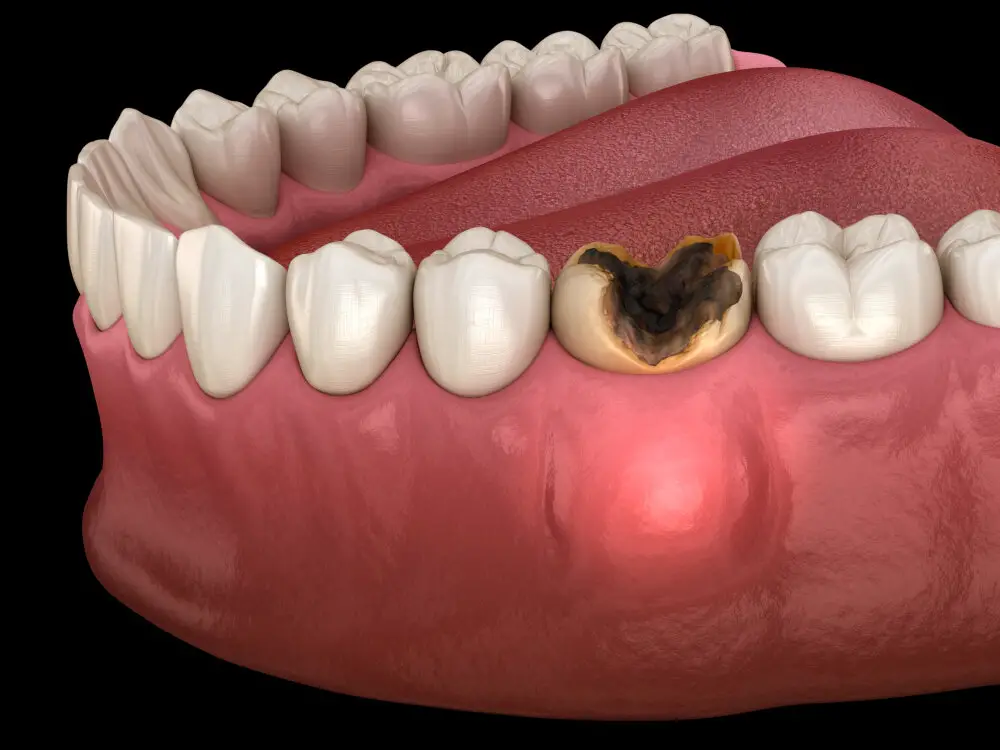
In conclusion, brushing teeth with braces requires extra effort and time to ensure optimal oral hygiene. Based on expert guidelines, it is recommended to brush for at least 2 minutes, twice a day, using a soft-bristled brush and fluoride toothpaste. Flossing and using interdental brushes are also crucial to remove food particles and plaque buildup. Neglecting oral care during orthodontic treatment can lead to tooth decay, gum disease, and other serious dental issues. Therefore, it is essential to prioritize dental hygiene to maintain healthy teeth and gums while wearing braces.

